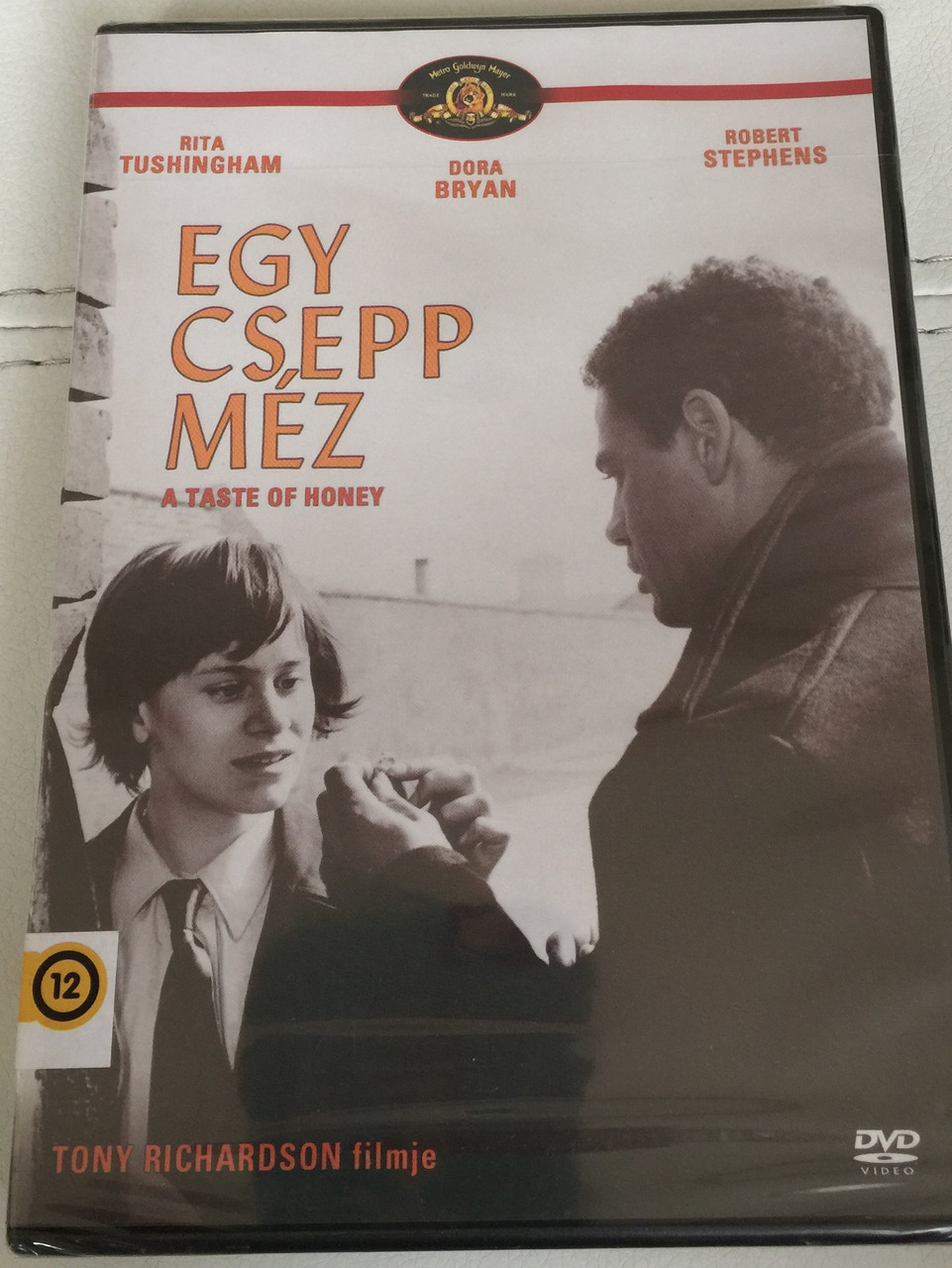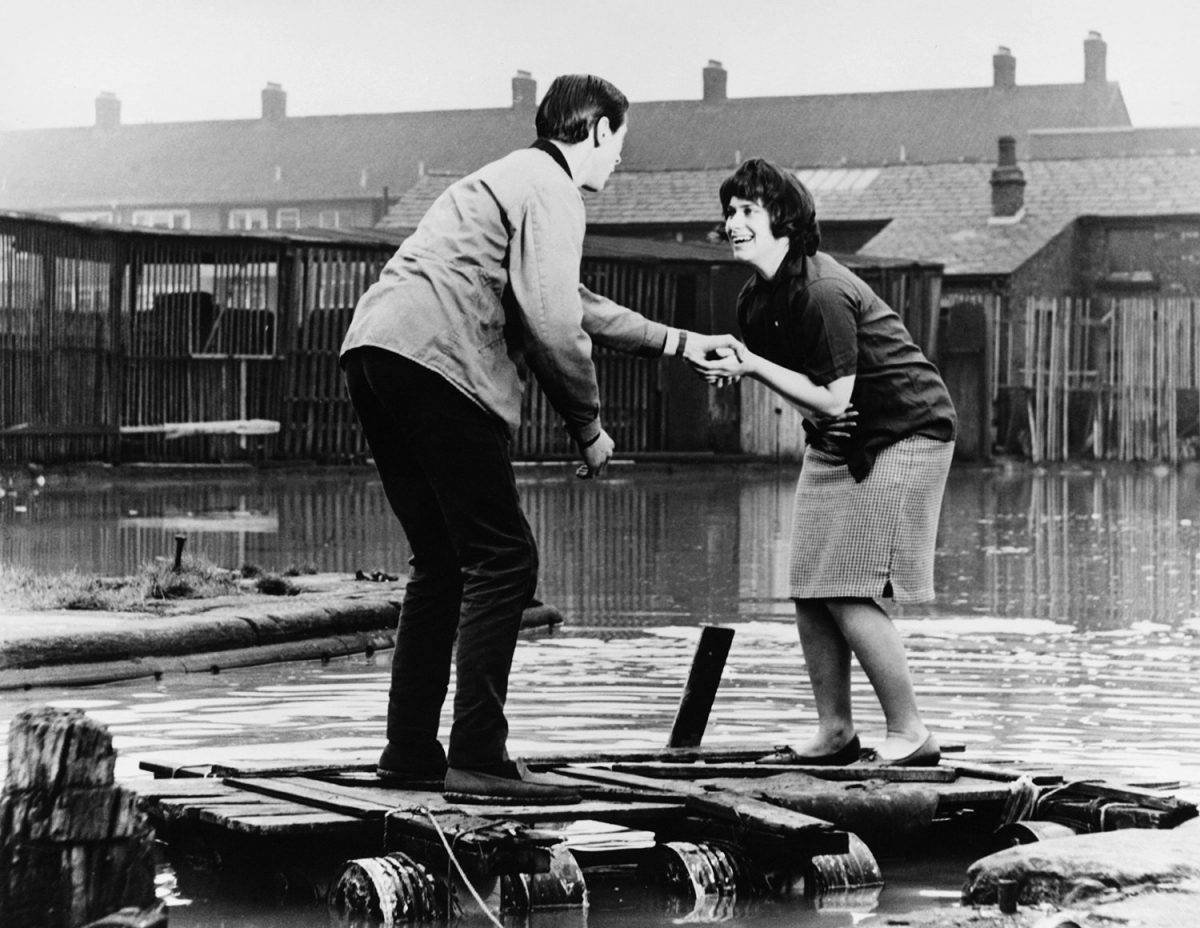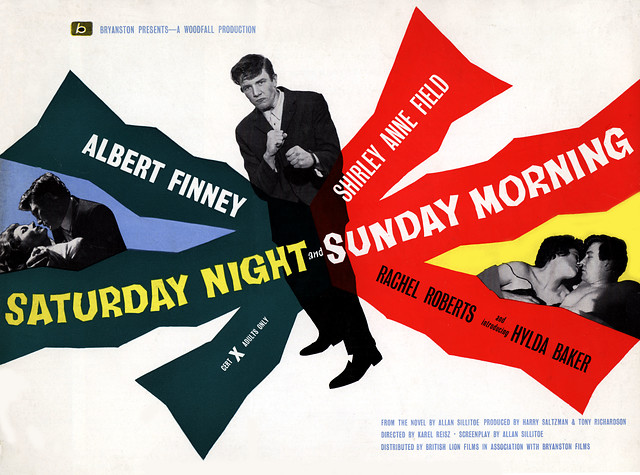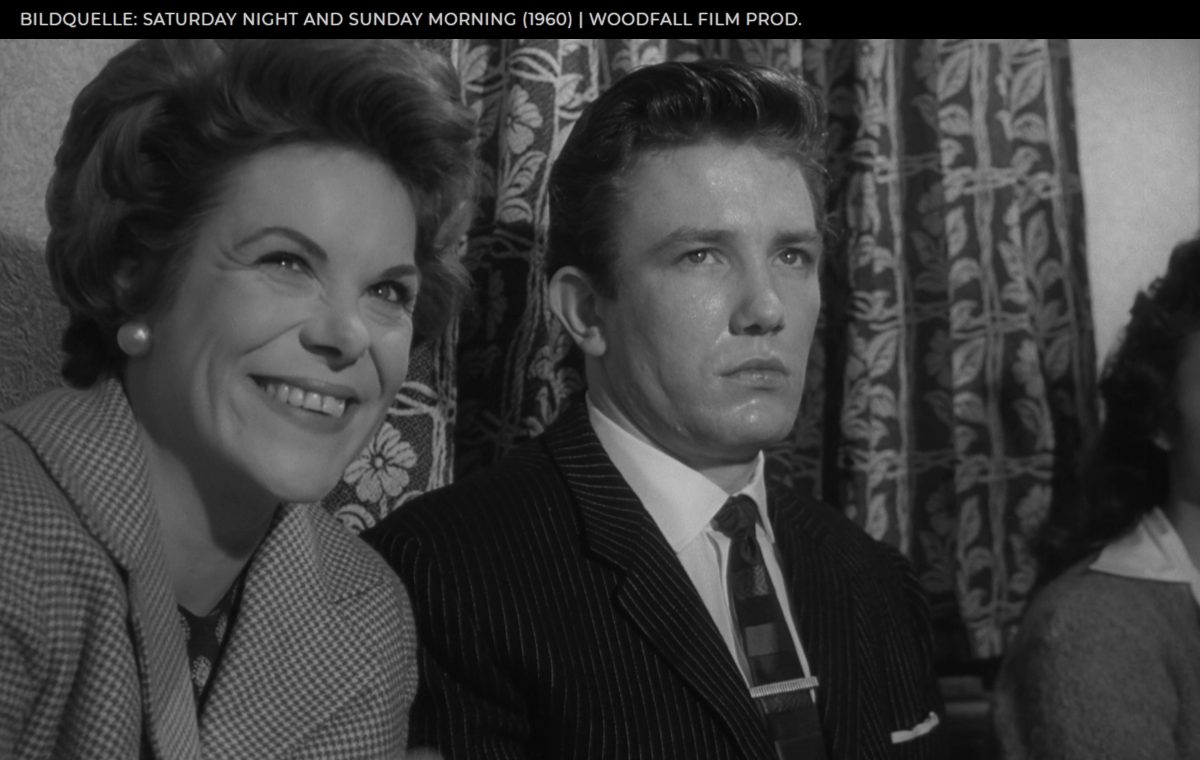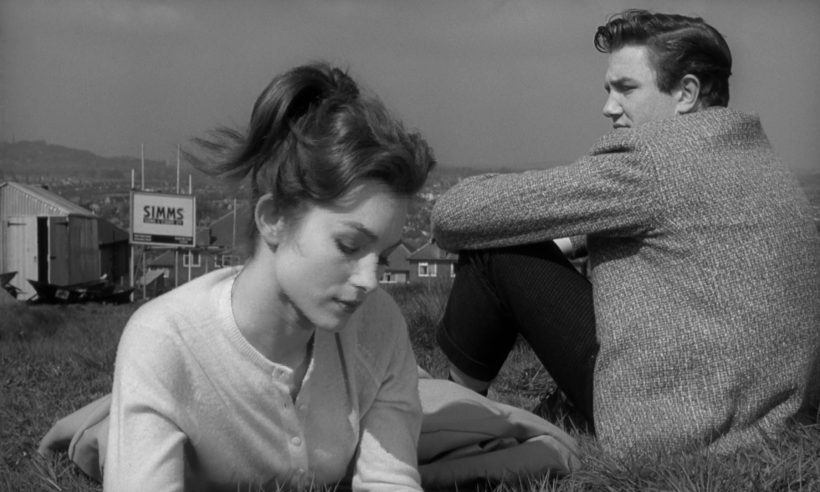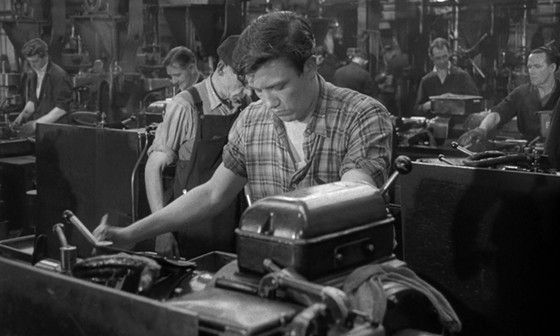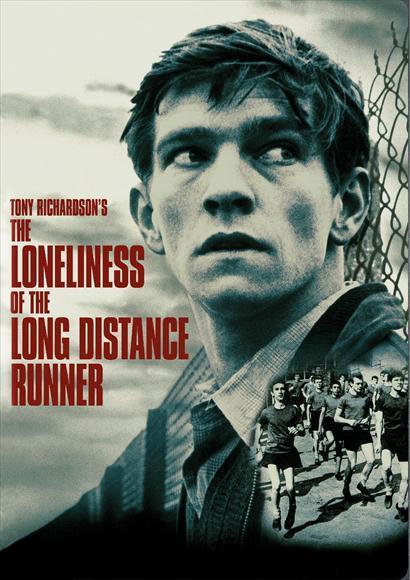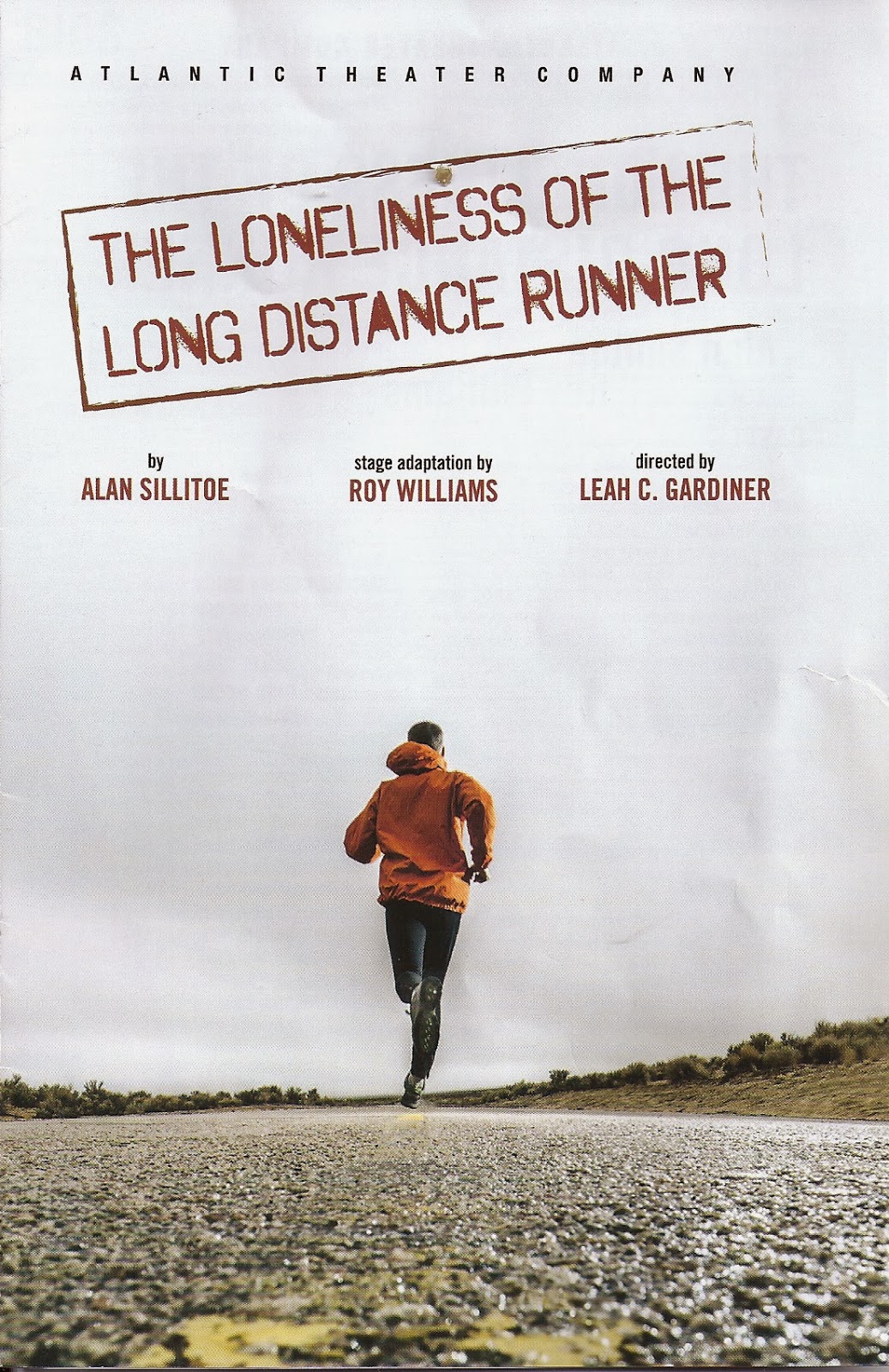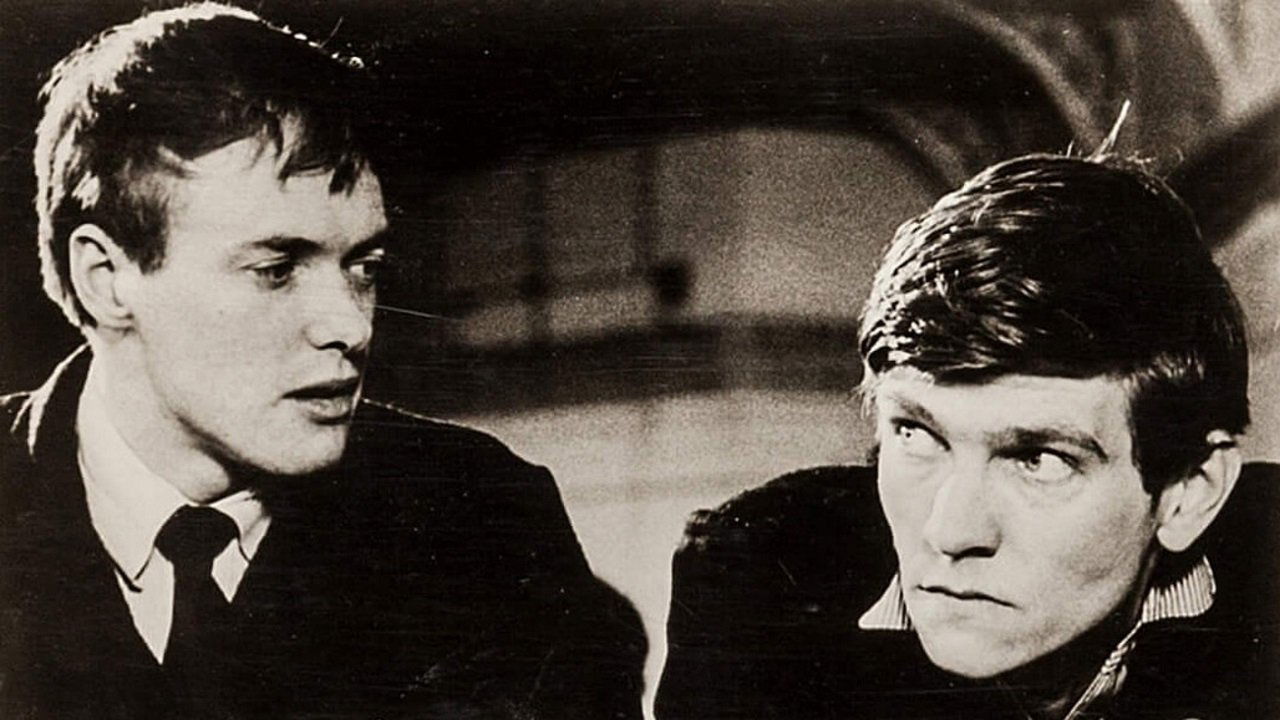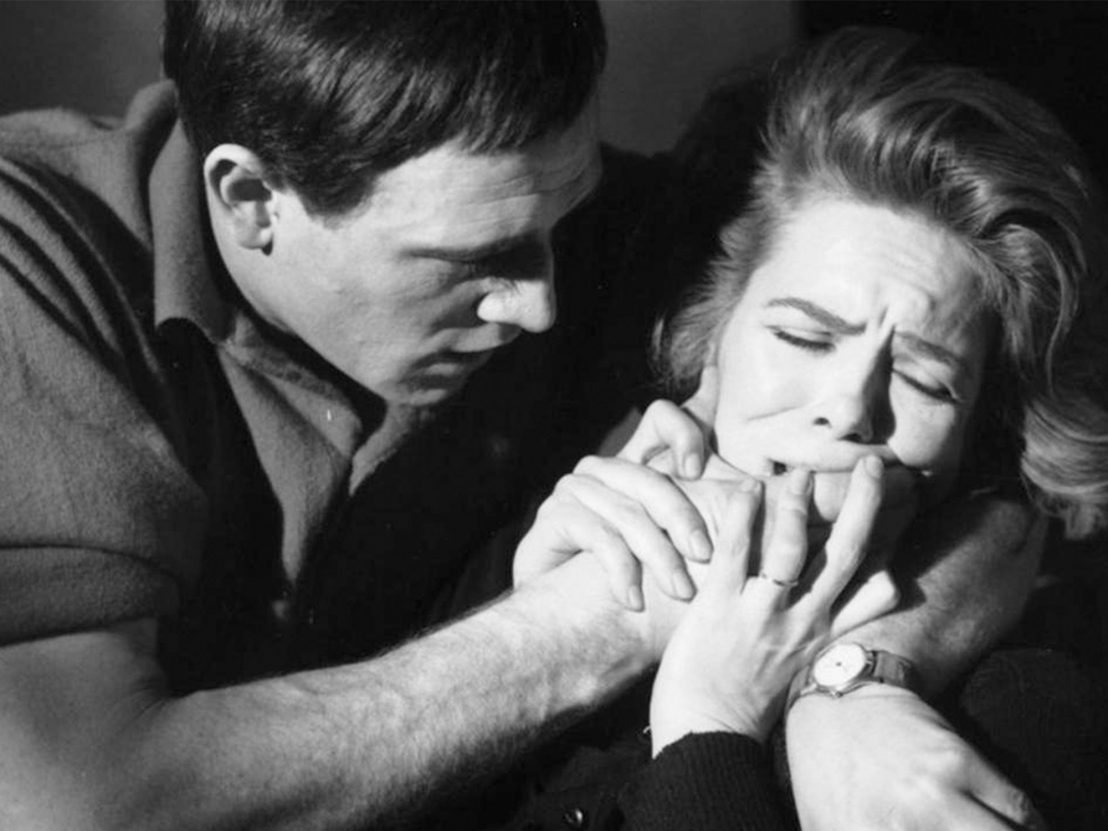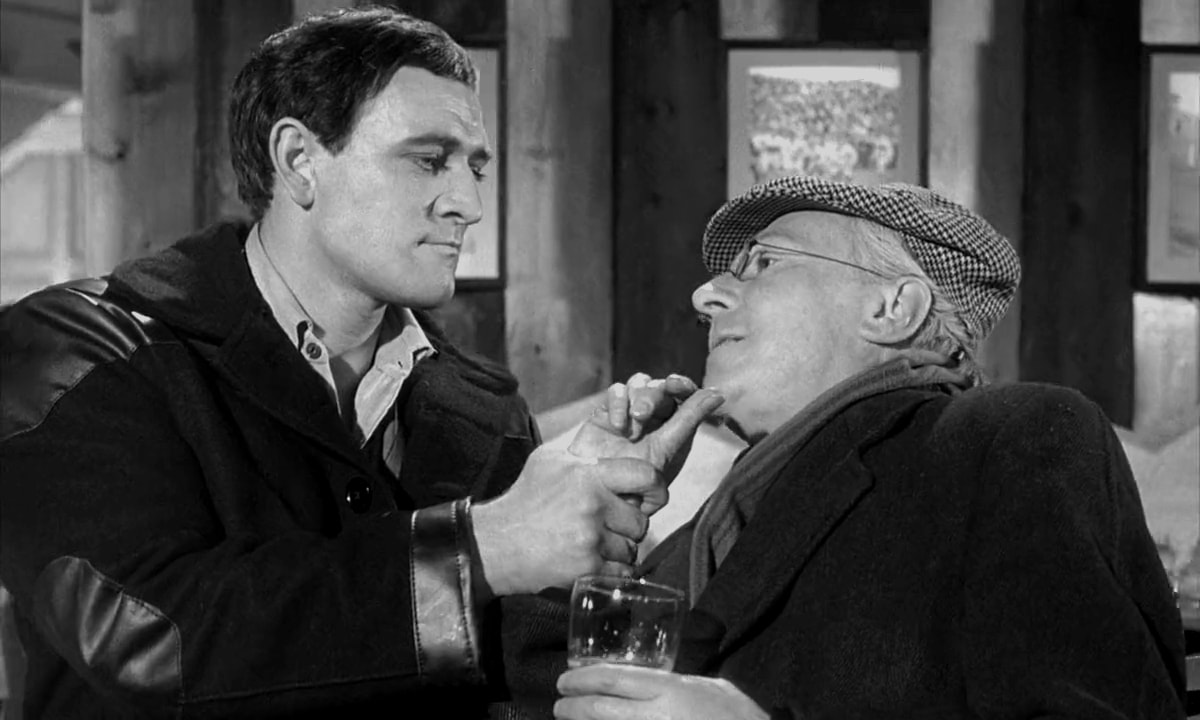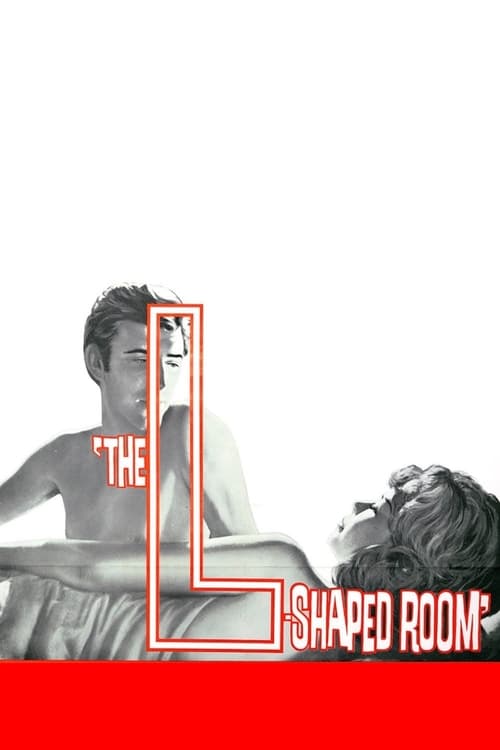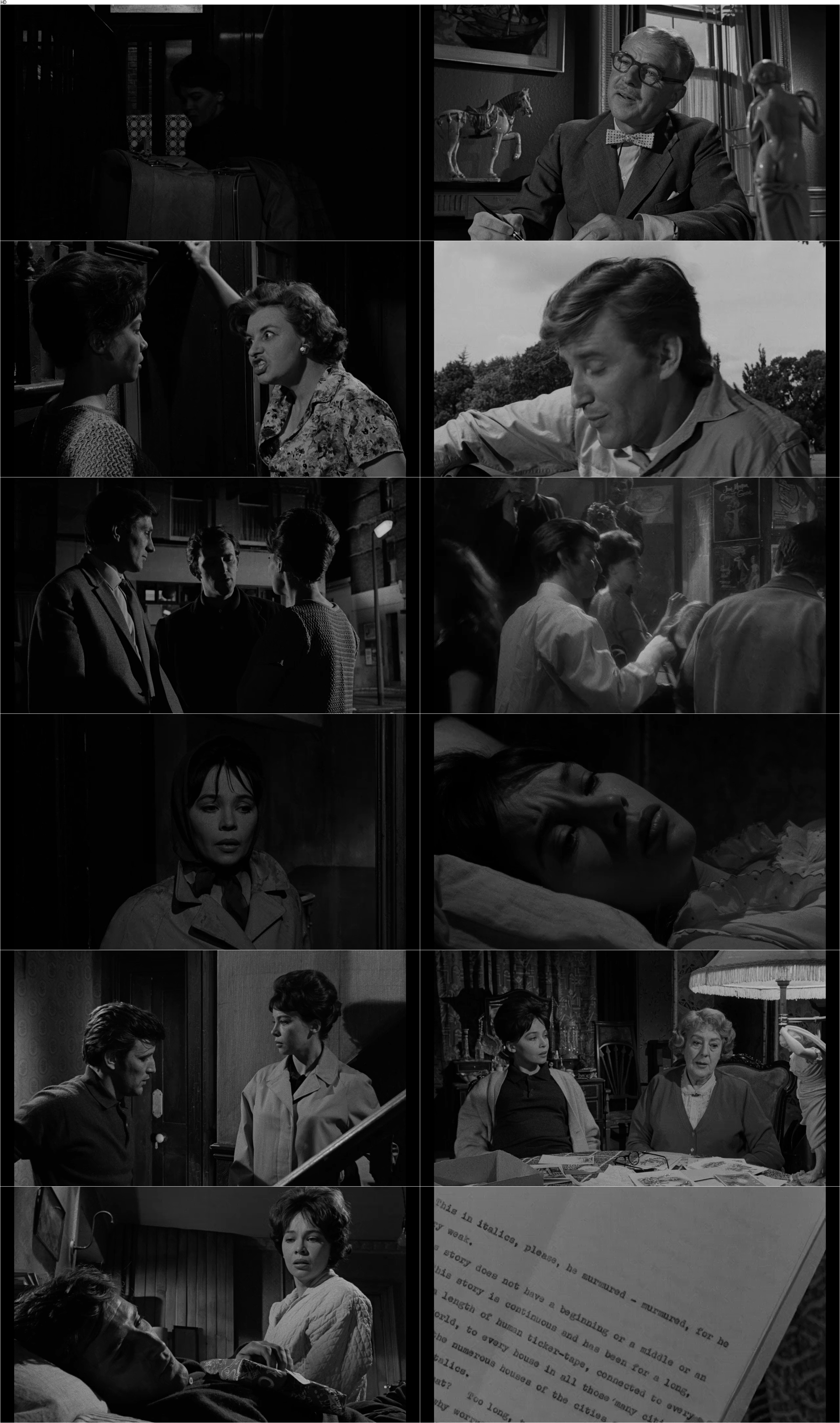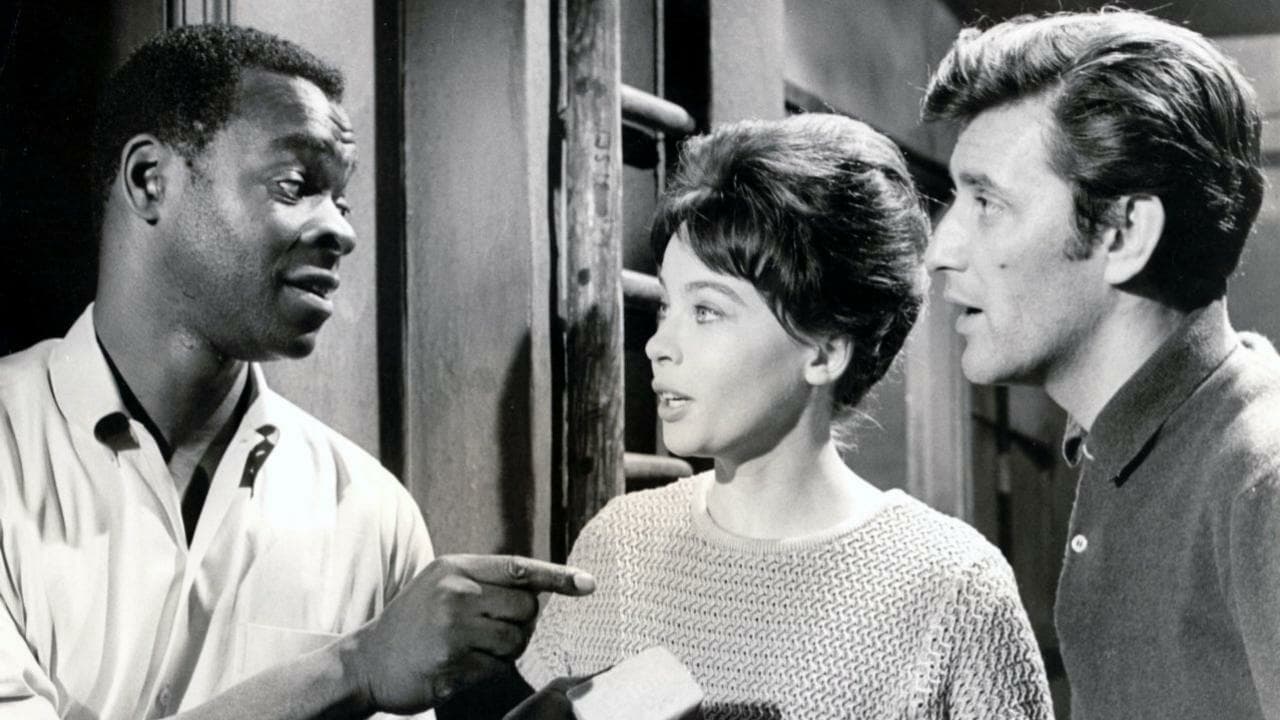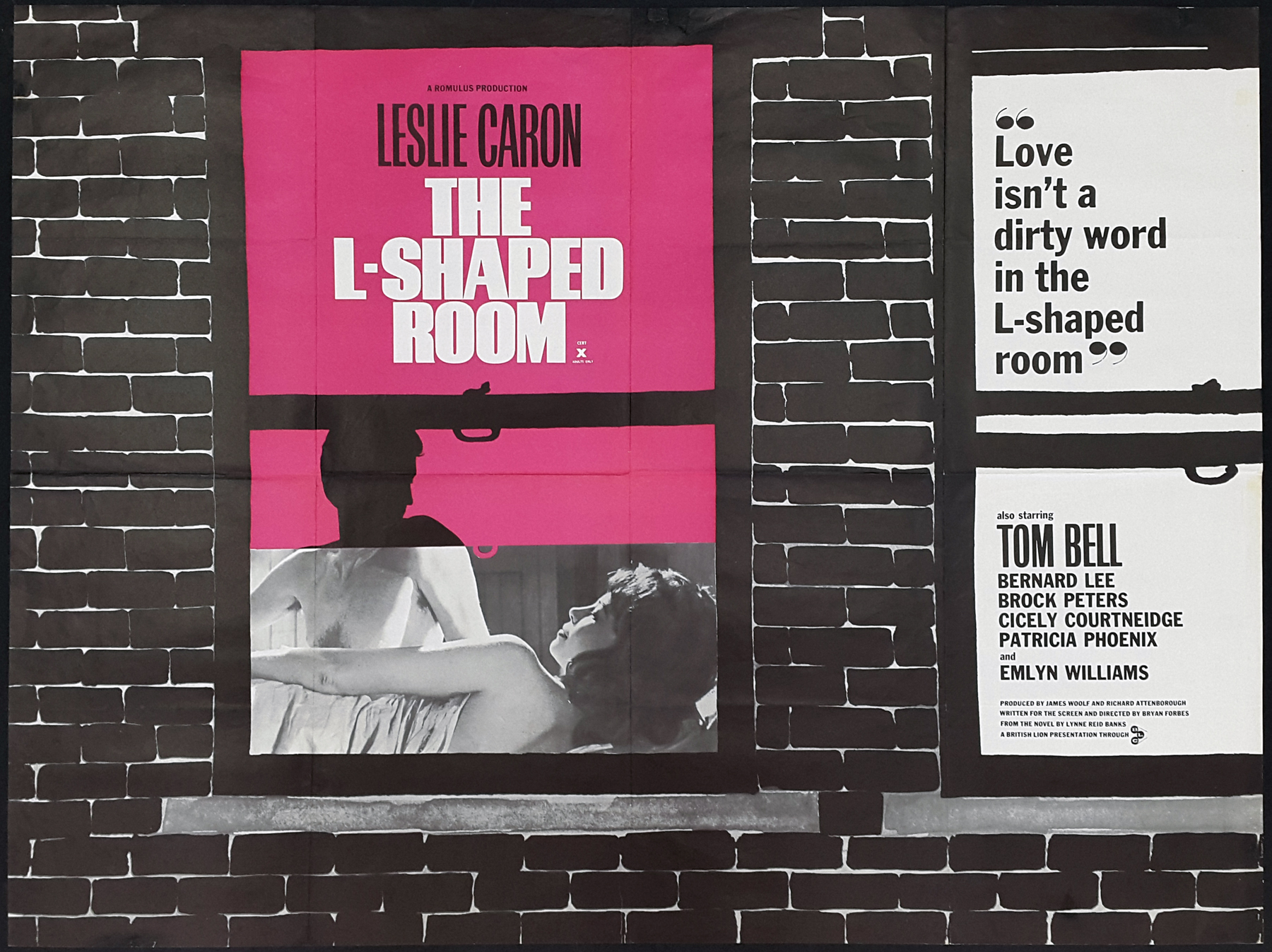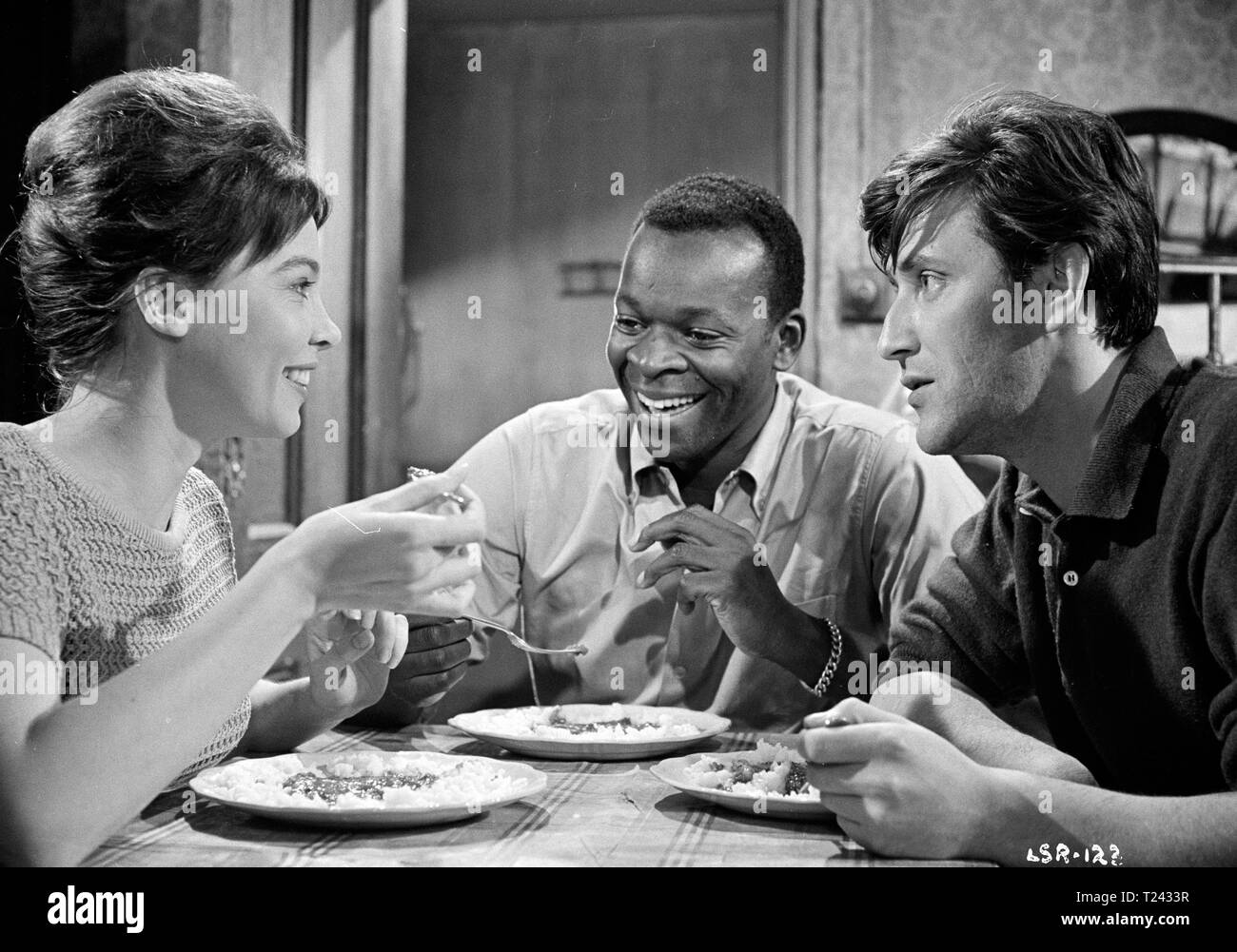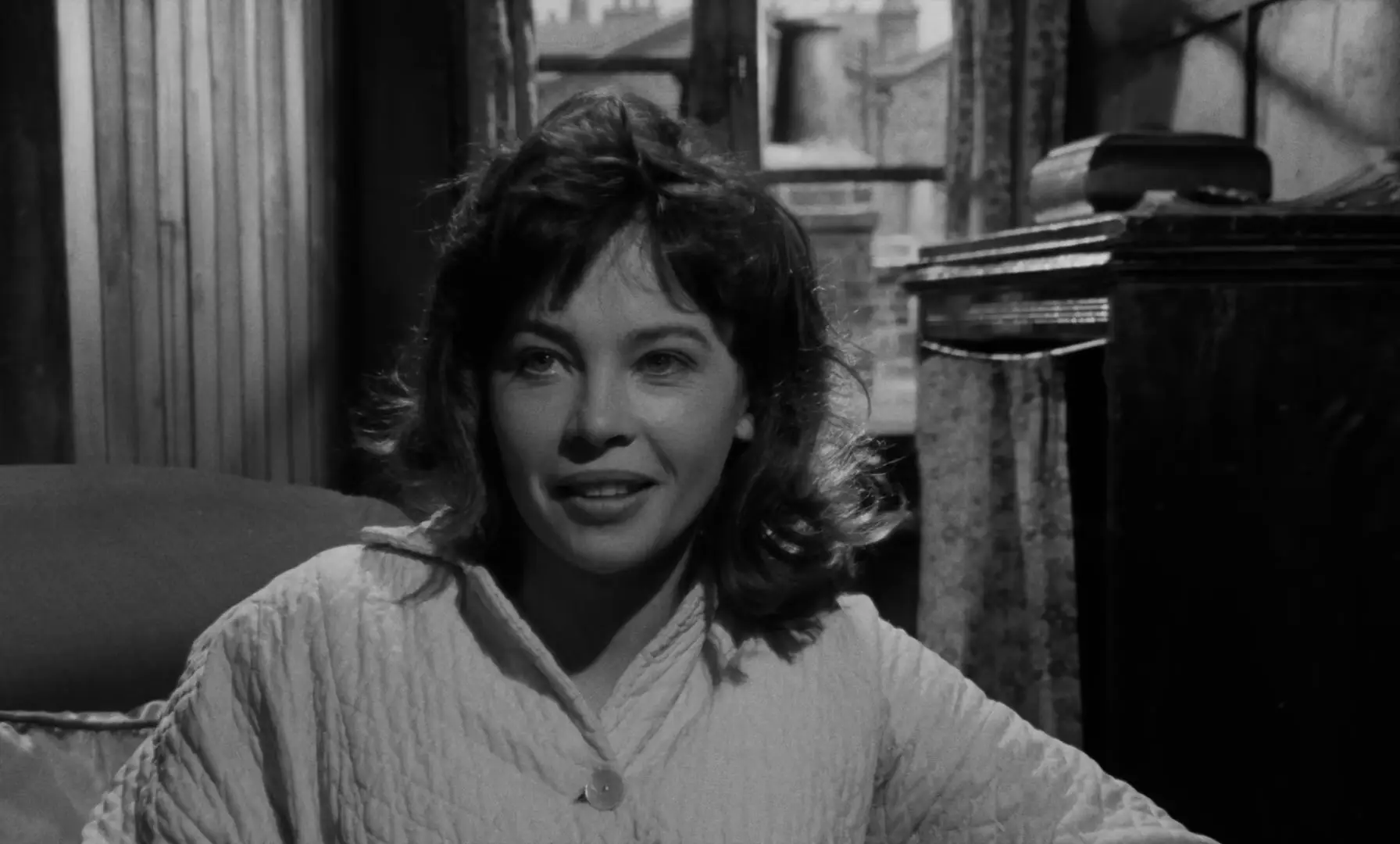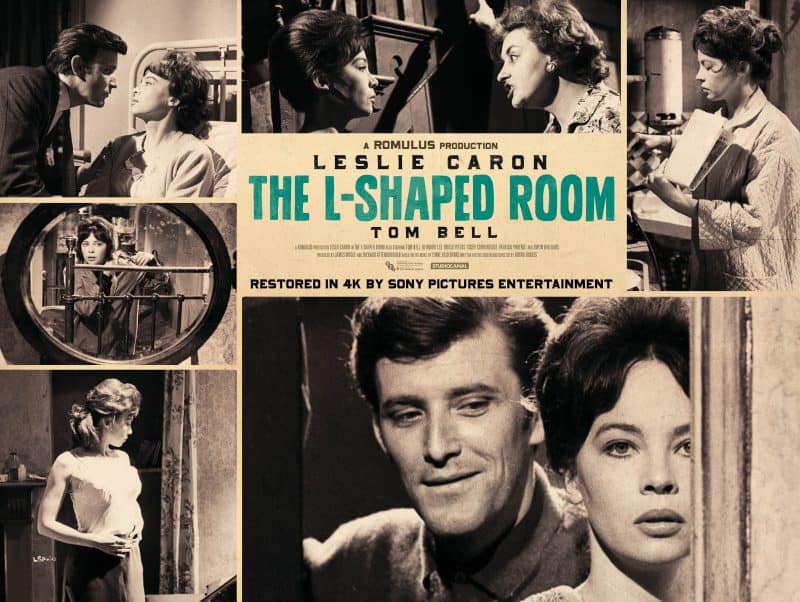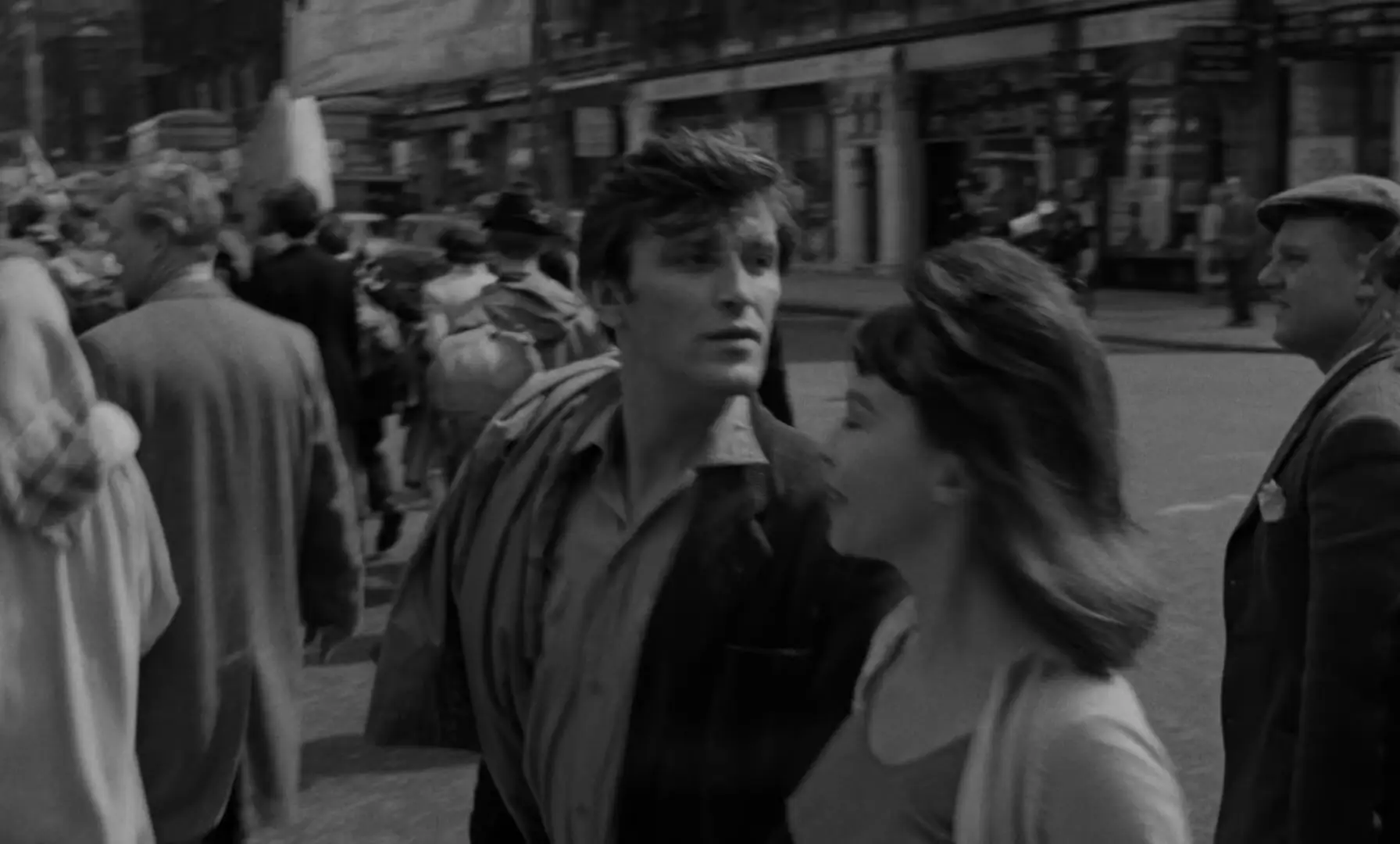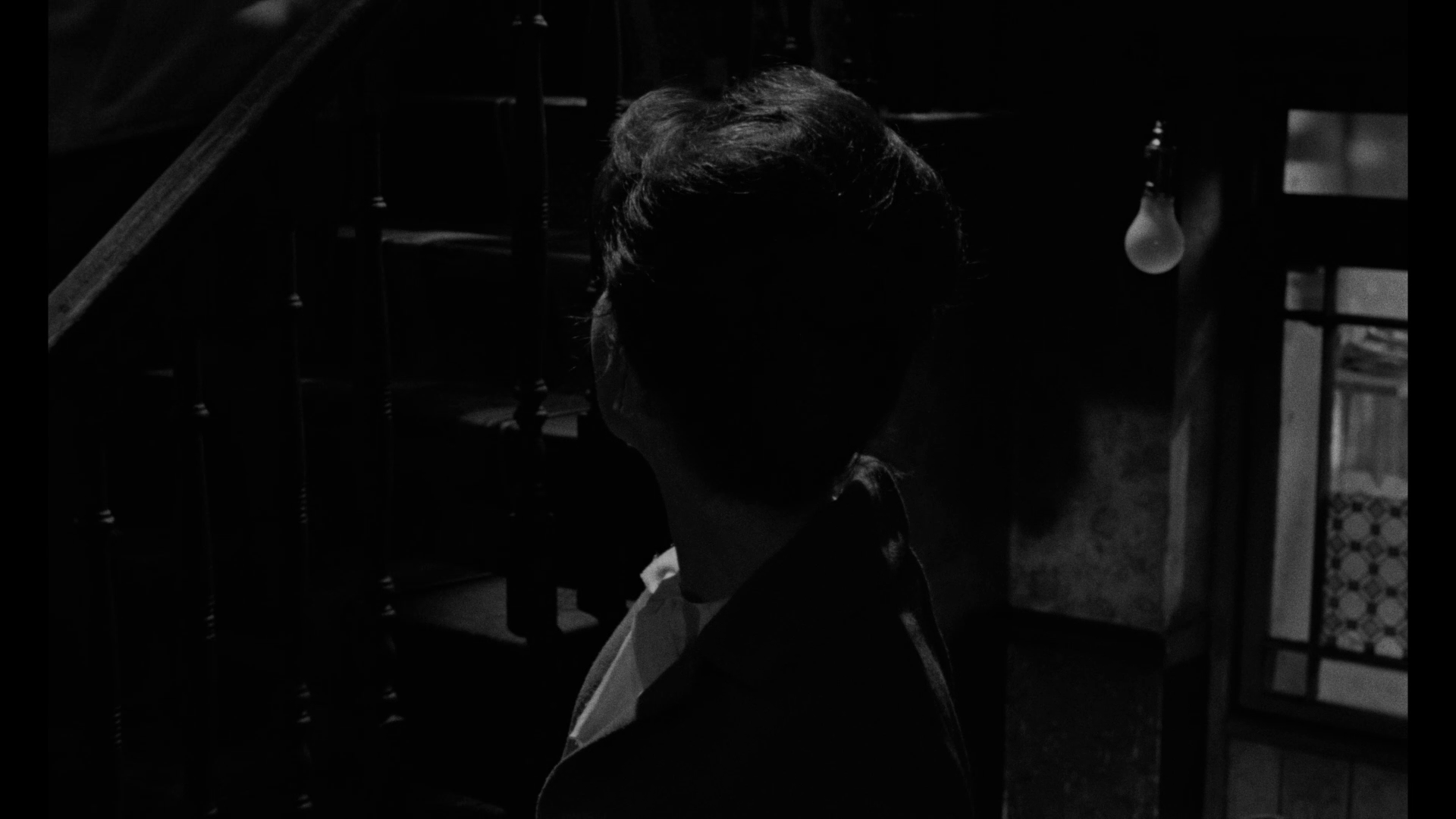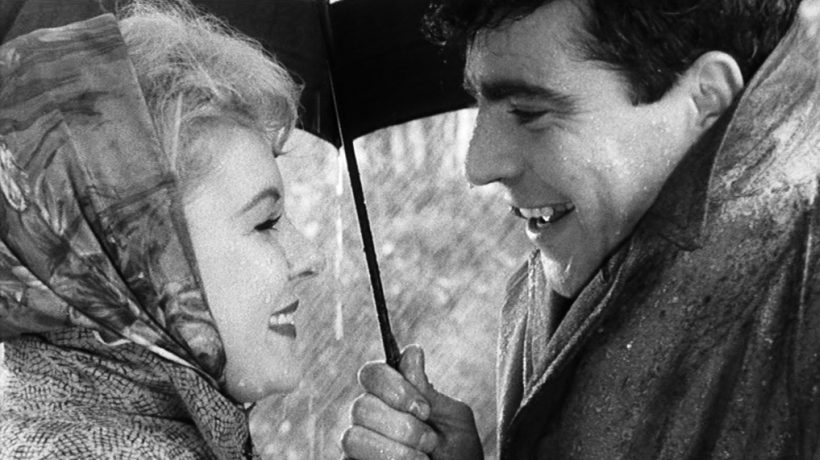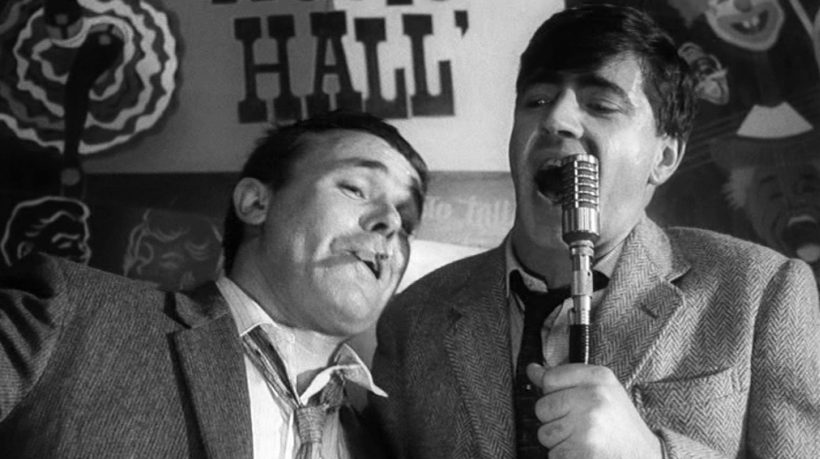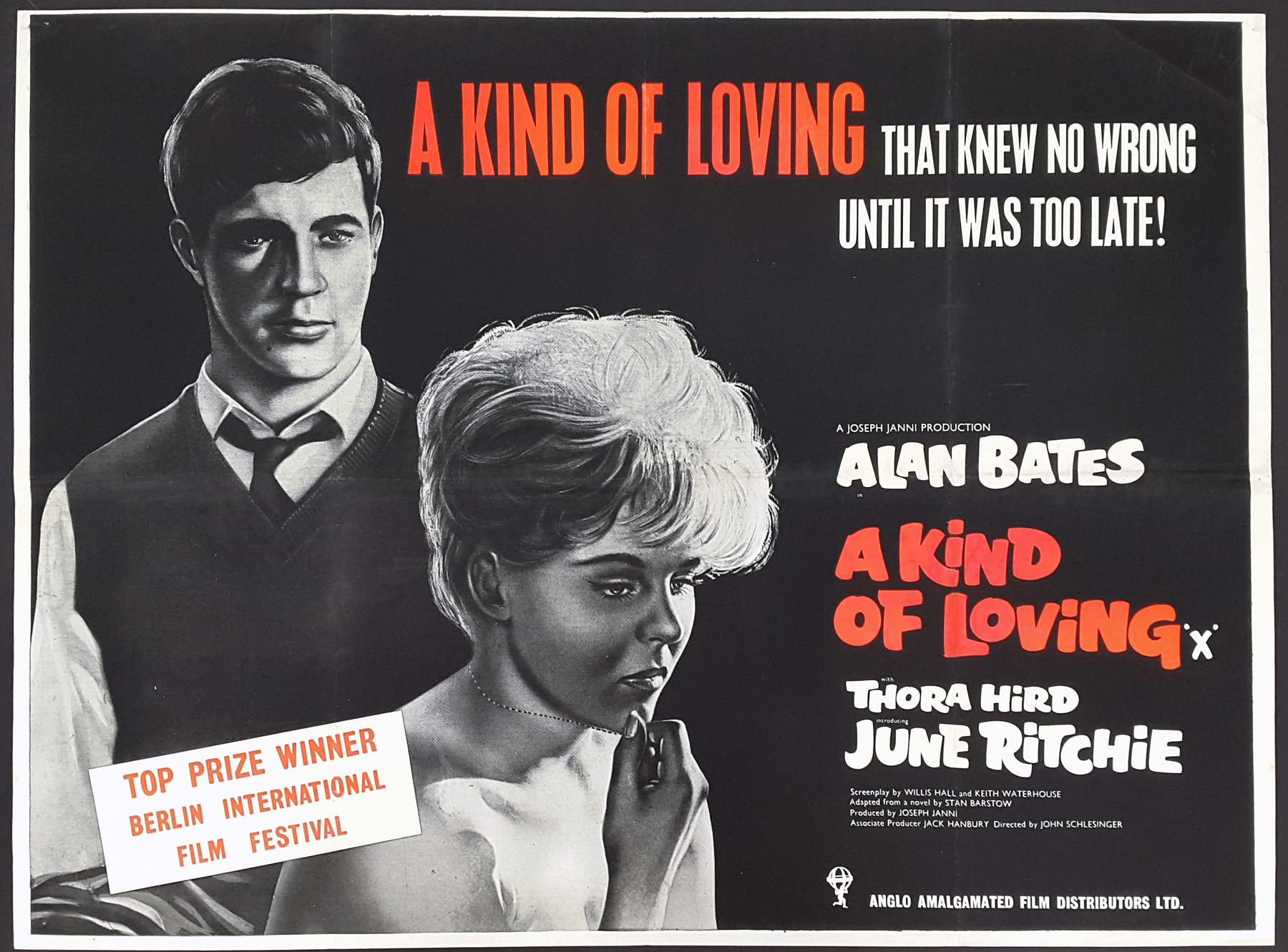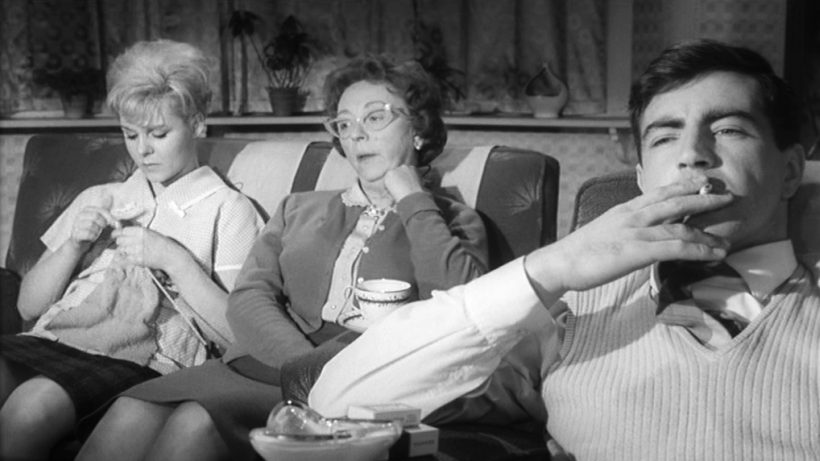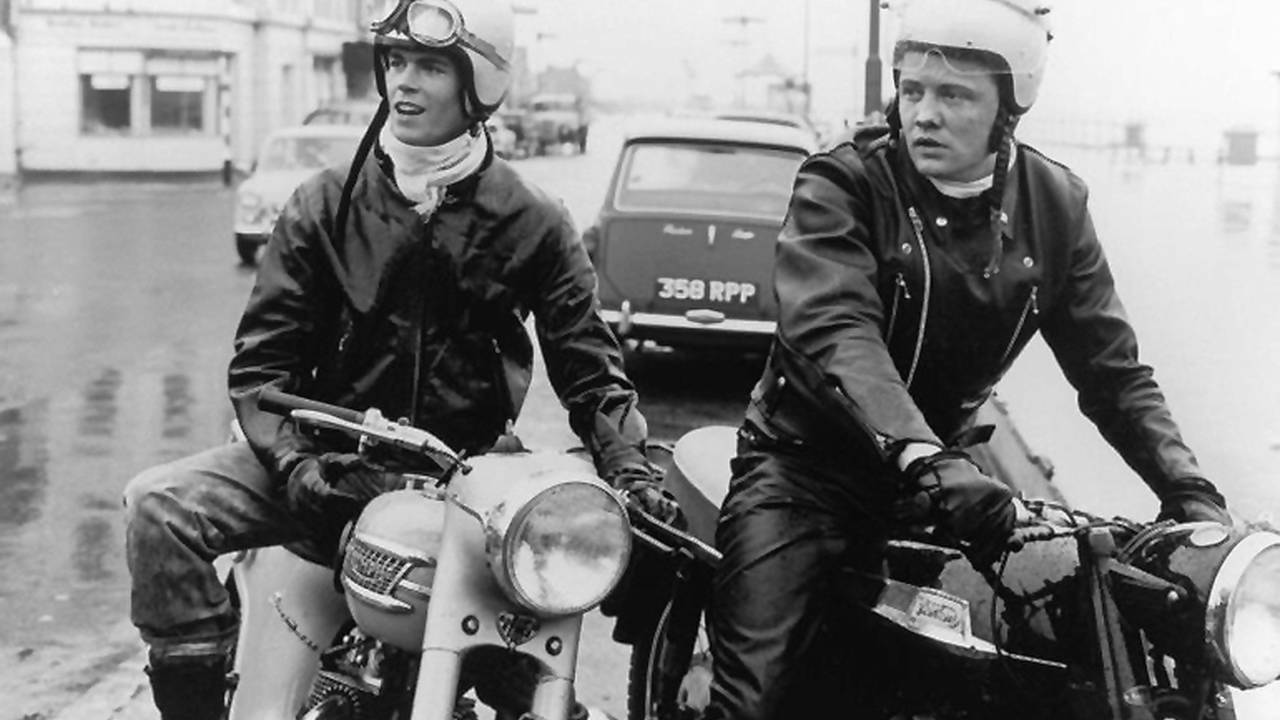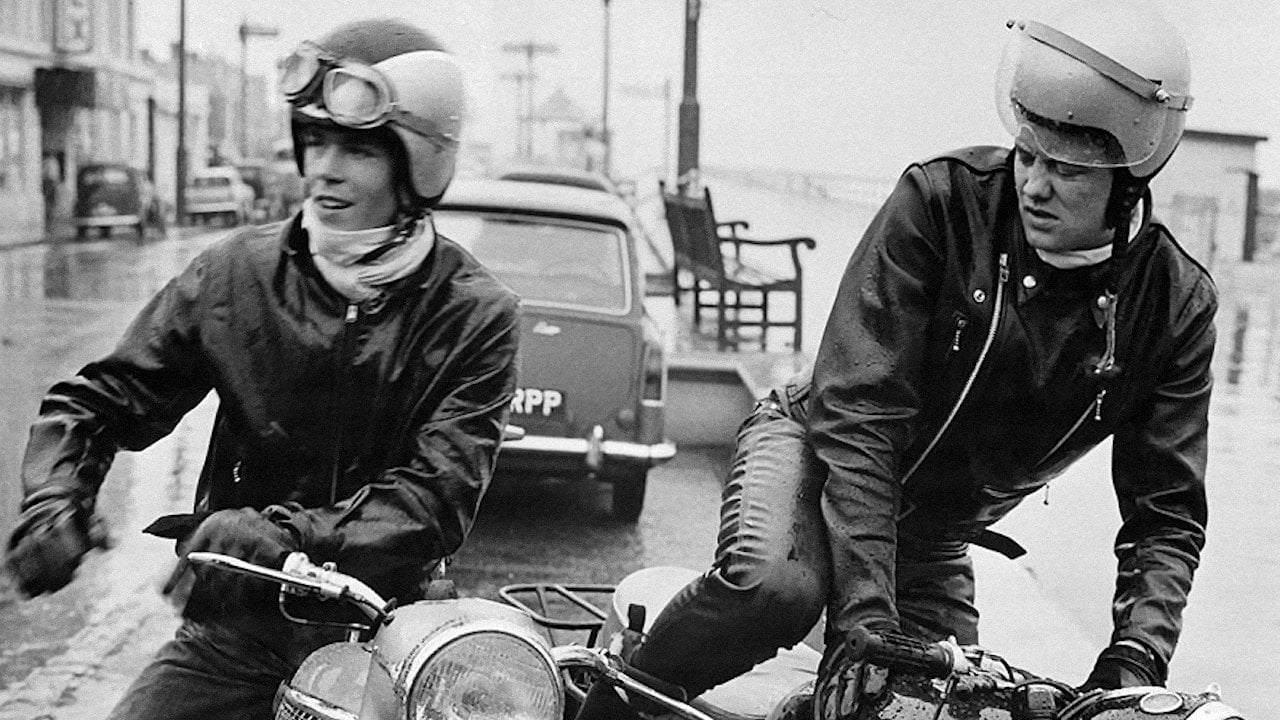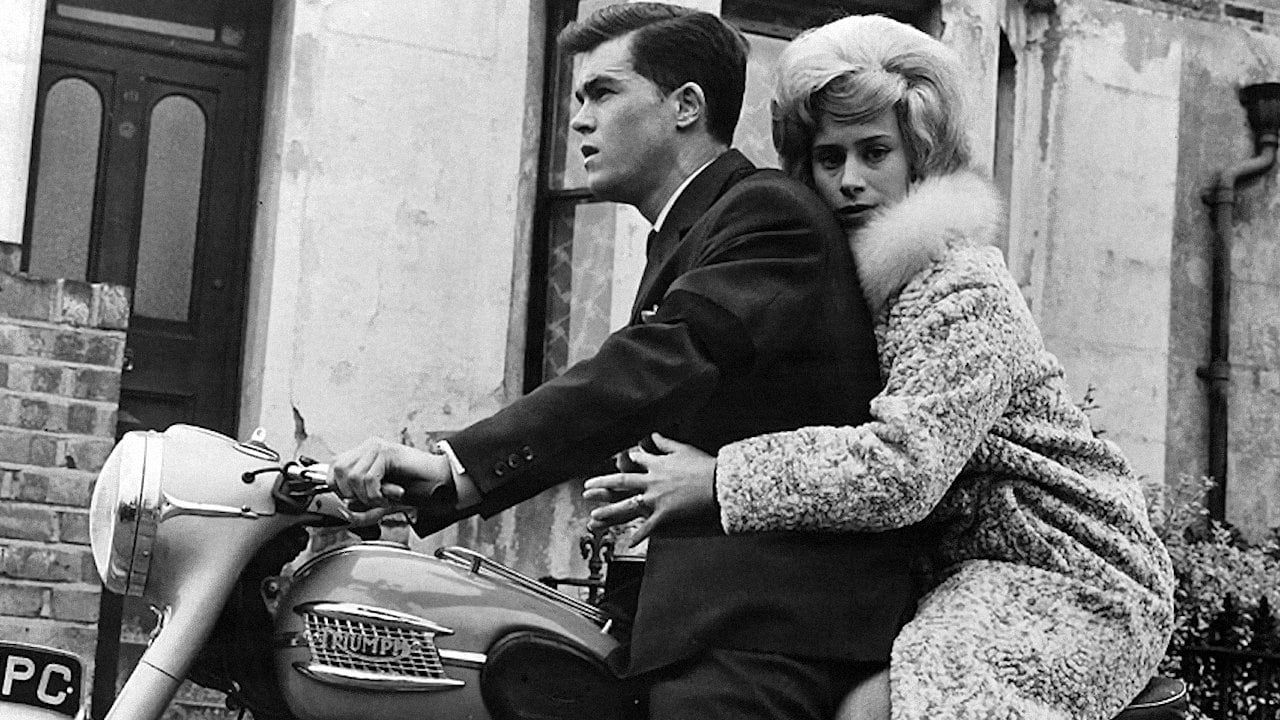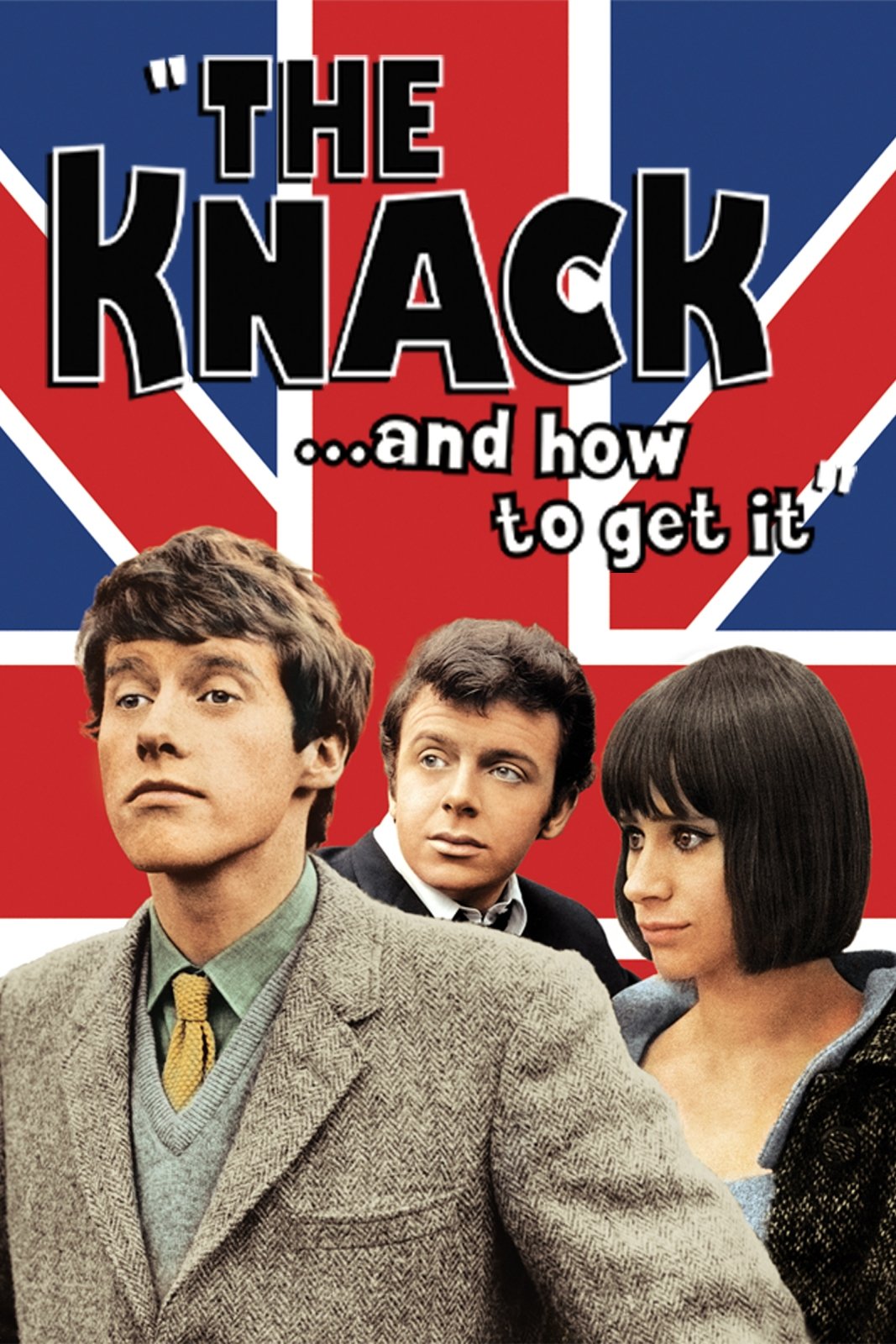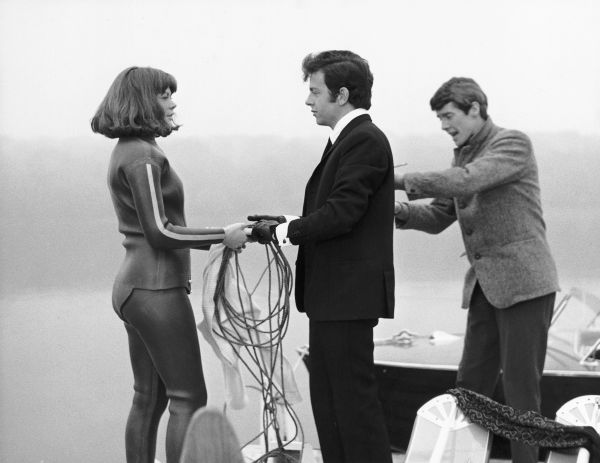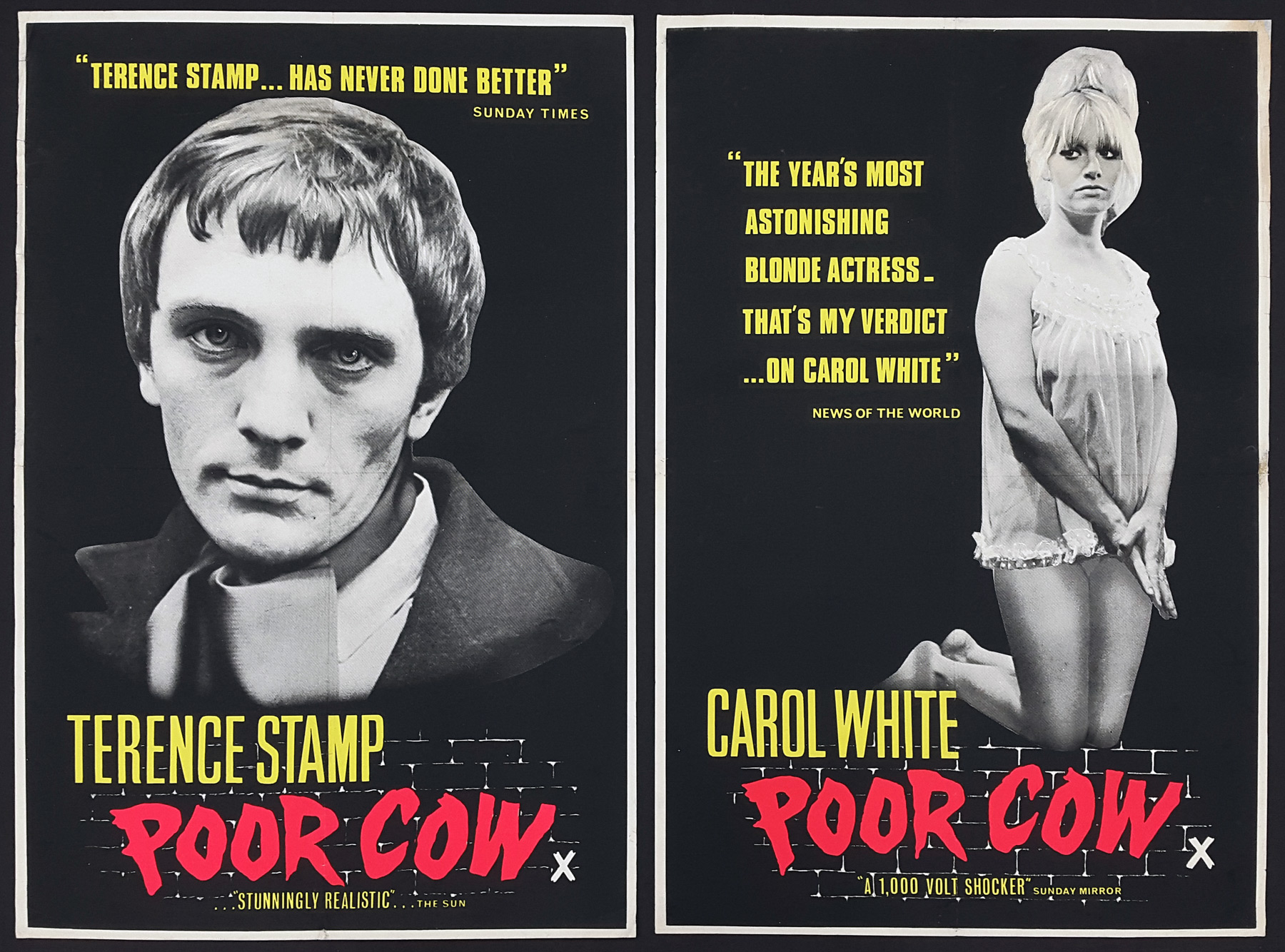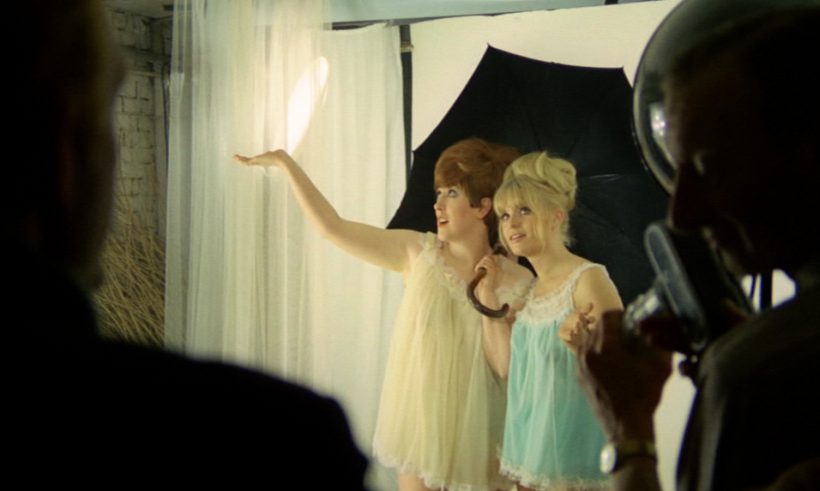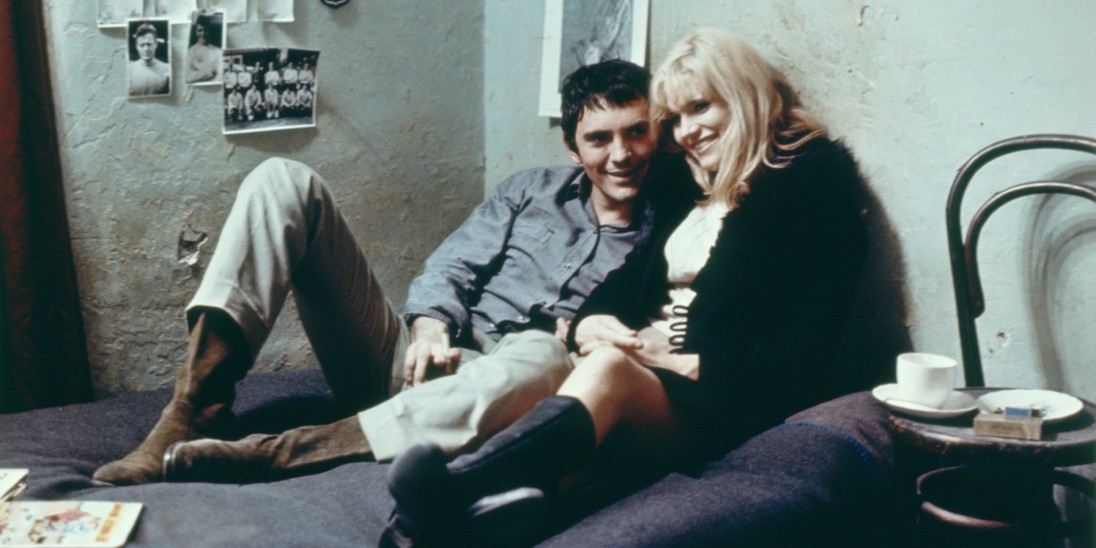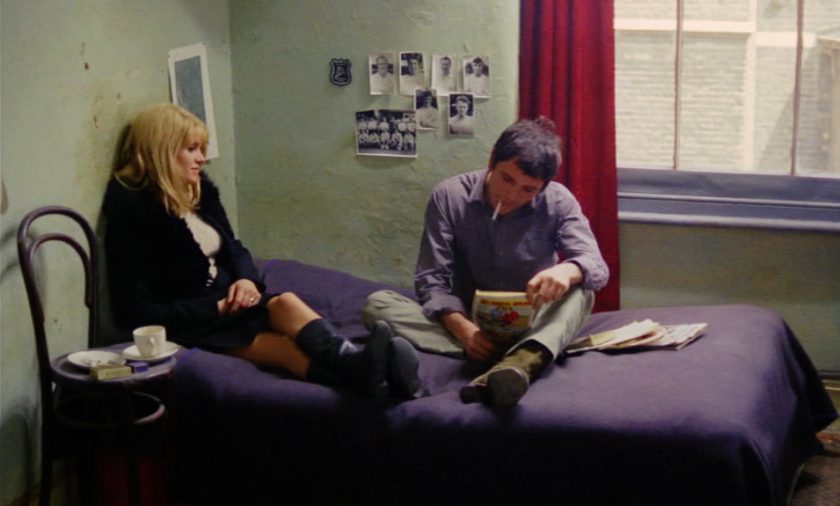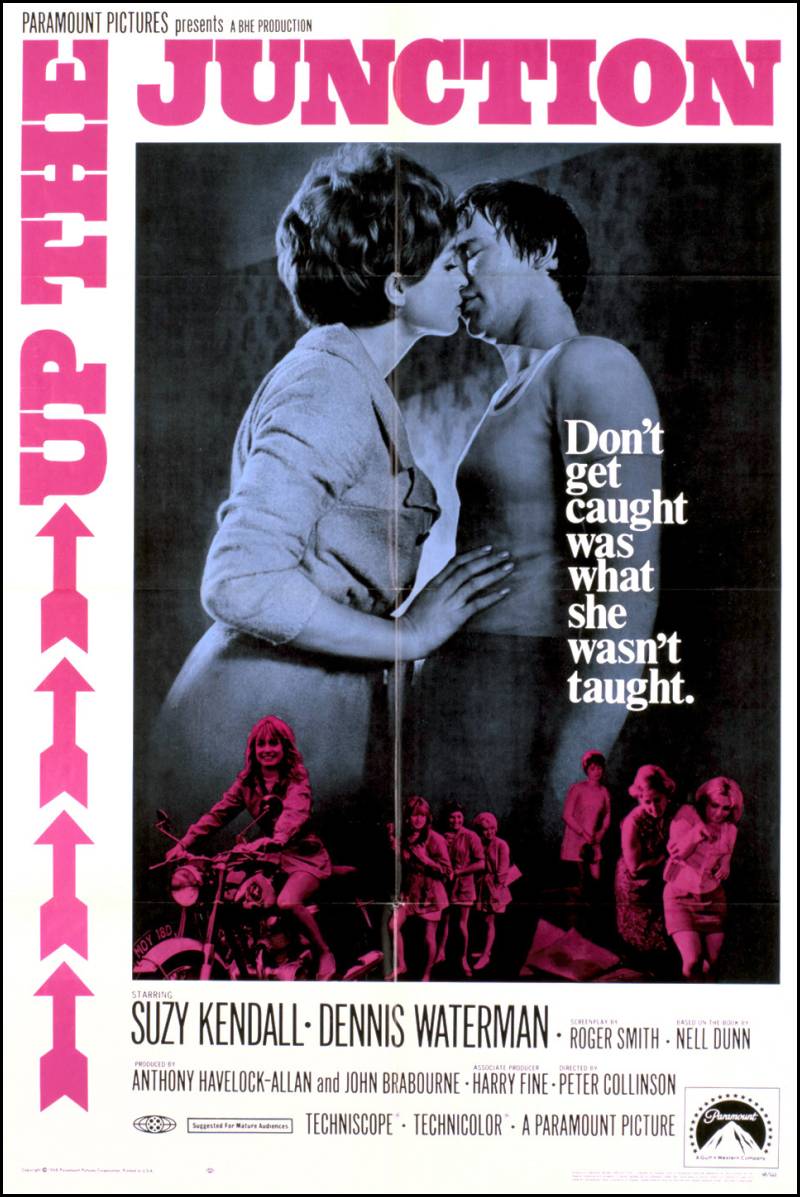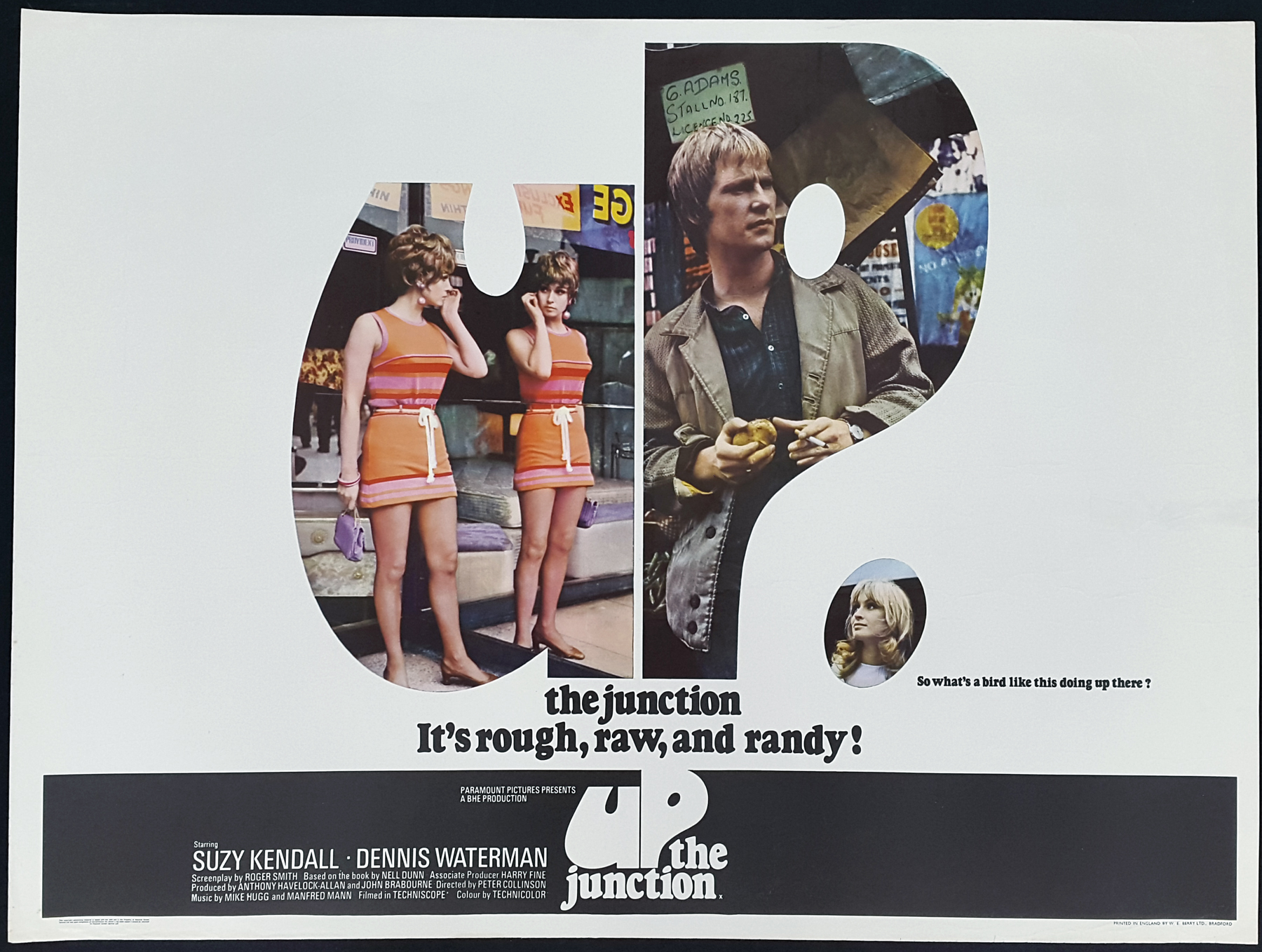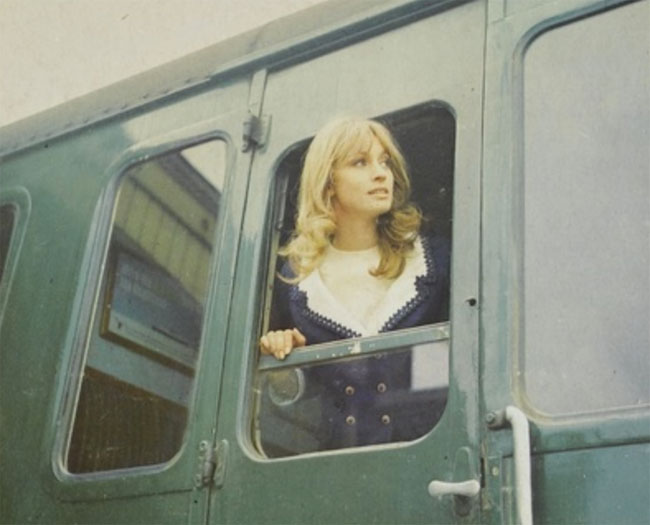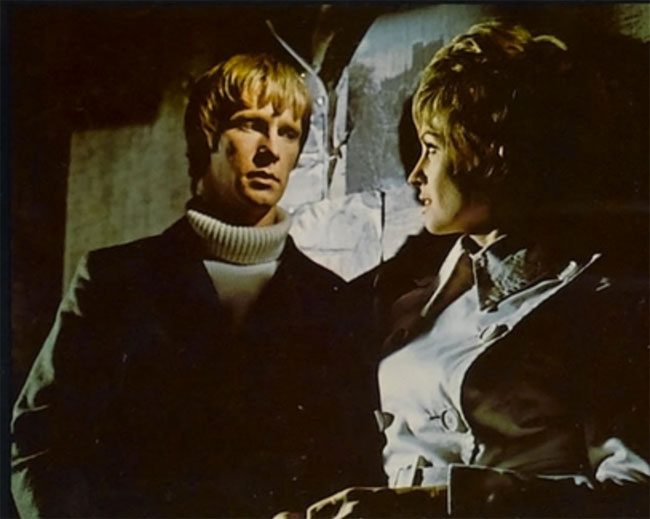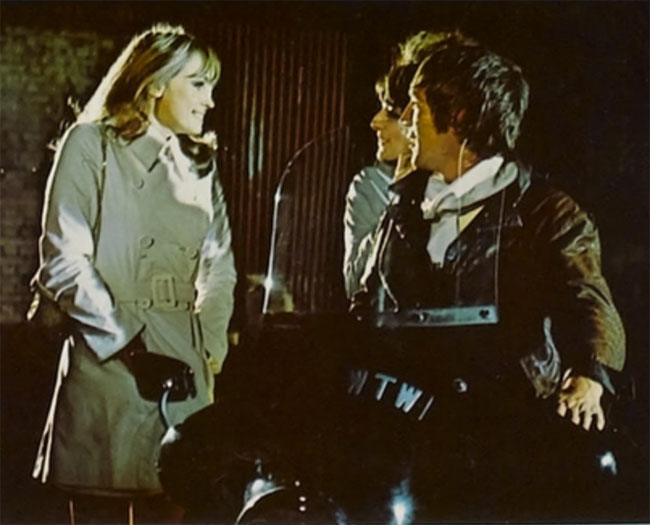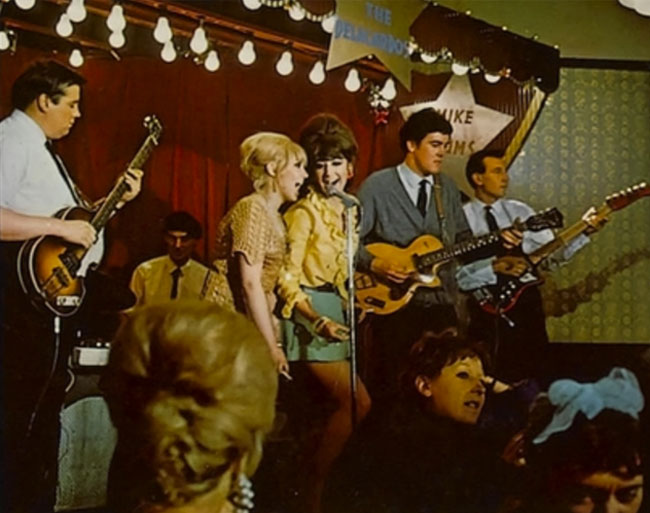"A Taste of Honey" is a kitchen sink film that follows Jo, a working-class teenage girl living in Manchester, England. Jo is abandoned by her mother and left to fend for herself, leading her to form a bond with a gay sailor named Jimmy. The film explores themes of poverty, race, and sexuality, and is a poignant portrayal of life in 1960s England. A Taste of Honey (1961)
"Saturday Night and Sunday Morning" is a gritty drama that delves into the life of Arthur Seaton, a young factory worker in Nottingham. Arthur is a rebellious and hedonistic character who spends his weekends drinking, womanizing, and causing trouble. The film tackles themes of class struggle, infidelity, and the monotony of working-class life. Saturday Night and Sunday Morning (1960)
Based on the short story by Alan Sillitoe, "The Loneliness of the Long Distance Runner" is a powerful film that follows Colin, a young offender who finds solace in running. The film explores issues of youth rebellion, institutionalization, and the struggles of working-class youth in post-war England. The Loneliness of the Long Distance Runner (1962)
Richard Harris gives a career-defining performance in "This Sporting Life" as Frank Machin, a talented but troubled rugby league player. The film is a brutal and unflinching look at the world of professional sports and the sacrifices and struggles faced by athletes. It also delves into themes of class, love, and masculinity. This Sporting Life (1963)
"The L-Shaped Room" is a drama that centers on Jane, a young French woman who becomes pregnant out of wedlock and is forced to move into a rundown London boarding house. The film tackles issues of single motherhood, poverty, and societal expectations. It also features an unforgettable performance by Leslie Caron. The L-Shaped Room (1962)
"A Kind of Loving" is a romantic drama that follows Vic, a young man working in a factory who falls in love with Ingrid, a typist. The film explores the challenges and pressures faced by young couples in a conservative society. It also touches on themes of gender roles, family, and marriage. A Kind of Loving (1962)
"The Leather Boys" is a groundbreaking film that tackles the taboo subject of homosexuality in the working-class community. It follows two young bikers, Reggie and Dot, who get married but soon realize they have different desires. The film is a powerful commentary on societal expectations and the struggle for acceptance and identity. The Leather Boys (1964)
"The Knack ...and How to Get It" is a quirky comedy that follows the misadventures of Tolen, a smooth-talking womanizer, and Colin, a shy and awkward schoolteacher. The film is a satire on the sexual revolution and the changing attitudes towards relationships and gender roles in the 1960s. The Knack ...and How to Get It (1965)
"Poor Cow" tells the story of Joy, a young mother who struggles to make ends meet and finds herself in a series of abusive and unstable relationships. The film is a raw and honest portrayal of the hardships faced by single mothers in poverty and the cycle of poverty and crime. Poor Cow (1967)
Based on a novel by Nell Dunn, "Up the Junction" is a drama that follows the lives of three young women living in a working-class area of London. The film deals with issues of abortion, teenage pregnancy, and the realities of life for young women in the 1960s. It also features a strong female cast and a powerful social commentary. Up the Junction (1968)
The Rise of 60s Kitchen Sink Films and Their Impact on House Design

The 1960s was an era of cultural and social change, and this was reflected in the films of the time. One particular genre that emerged during this decade was the "kitchen sink" film, which depicted the gritty reality of working-class life in Britain. These films not only had a significant impact on the film industry, but they also influenced the design of homes during this period.
 60s kitchen sink films
were characterized by their raw and authentic portrayal of everyday life, often focusing on the struggles and hardships faced by working-class families. These films were a departure from the glamorous and idealized depictions of domestic life in Hollywood films, and they resonated with audiences who could relate to the characters and their struggles.
But it wasn't just the subject matter of these films that made them stand out. The
visual style
of 60s kitchen sink films was also unique. They were shot in a
gritty black and white
format, which added to the realism and grittiness of the stories being told. This
black and white aesthetic
also had an impact on the design of homes during this period.
During the 1960s, there was a growing interest in
minimalism
and
functionality
in home design. This was evident in the popularity of
modernist
and
Scandinavian
styles, which emphasized clean lines and simplicity. These styles were well-suited to the
black and white
aesthetic of kitchen sink films, and many people were inspired to incorporate these elements into their own homes.
Another influence of 60s kitchen sink films on house design was the focus on
everyday objects and spaces
. These films often showed the characters going about their daily routines in their
small and cramped
homes, highlighting the
utilitarian
and
functional
nature of the spaces. This had a direct impact on the design of homes, with many people opting for
simple and practical
furniture and decor.
In conclusion, the rise of 60s kitchen sink films not only had a significant impact on the film industry but also on house design during this period. Their realistic and raw portrayal of everyday life influenced the visual style and functionality of homes, with many people embracing minimalism and functionality in their own spaces. These films may have been a product of their time, but their influence on house design continues to be felt today.
60s kitchen sink films
were characterized by their raw and authentic portrayal of everyday life, often focusing on the struggles and hardships faced by working-class families. These films were a departure from the glamorous and idealized depictions of domestic life in Hollywood films, and they resonated with audiences who could relate to the characters and their struggles.
But it wasn't just the subject matter of these films that made them stand out. The
visual style
of 60s kitchen sink films was also unique. They were shot in a
gritty black and white
format, which added to the realism and grittiness of the stories being told. This
black and white aesthetic
also had an impact on the design of homes during this period.
During the 1960s, there was a growing interest in
minimalism
and
functionality
in home design. This was evident in the popularity of
modernist
and
Scandinavian
styles, which emphasized clean lines and simplicity. These styles were well-suited to the
black and white
aesthetic of kitchen sink films, and many people were inspired to incorporate these elements into their own homes.
Another influence of 60s kitchen sink films on house design was the focus on
everyday objects and spaces
. These films often showed the characters going about their daily routines in their
small and cramped
homes, highlighting the
utilitarian
and
functional
nature of the spaces. This had a direct impact on the design of homes, with many people opting for
simple and practical
furniture and decor.
In conclusion, the rise of 60s kitchen sink films not only had a significant impact on the film industry but also on house design during this period. Their realistic and raw portrayal of everyday life influenced the visual style and functionality of homes, with many people embracing minimalism and functionality in their own spaces. These films may have been a product of their time, but their influence on house design continues to be felt today.


